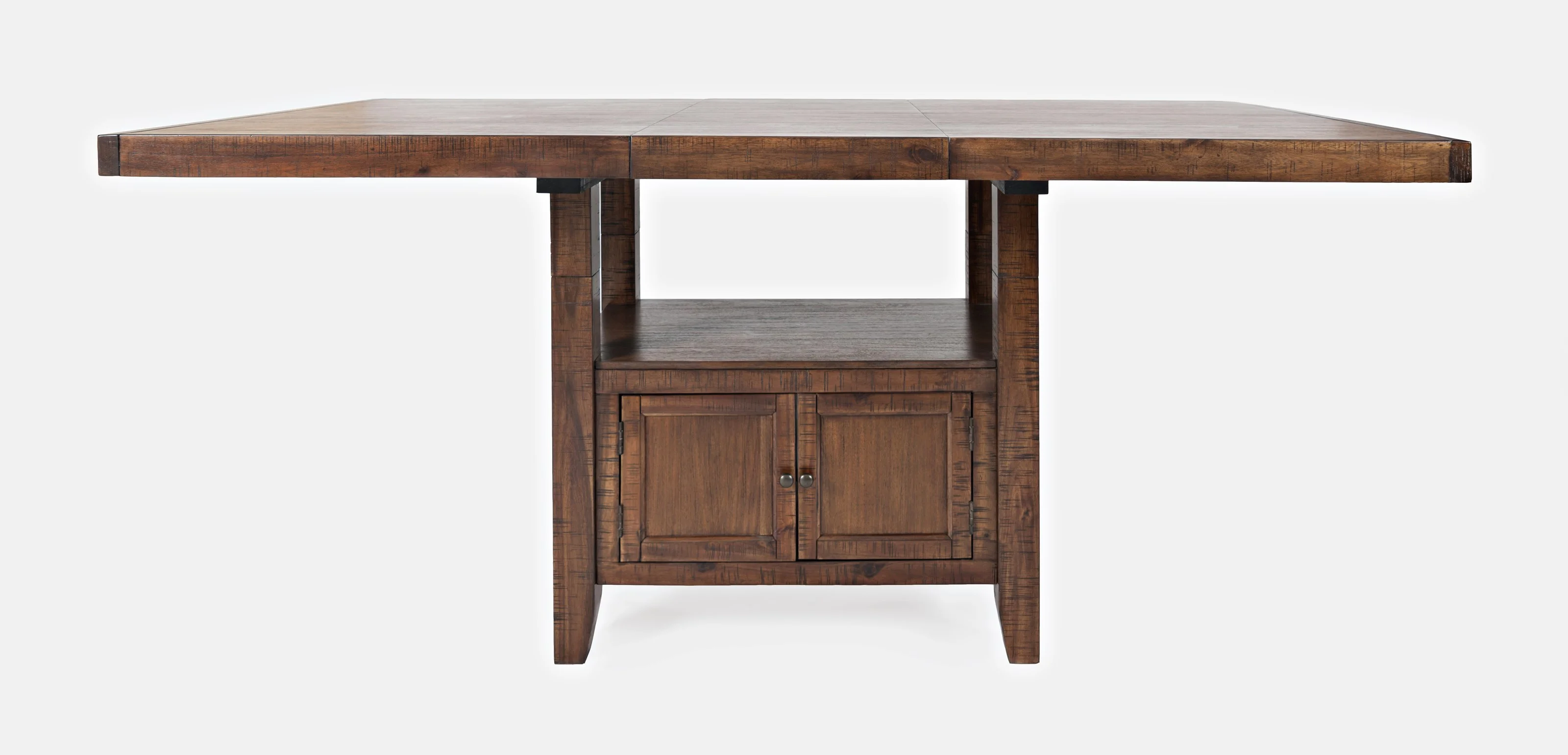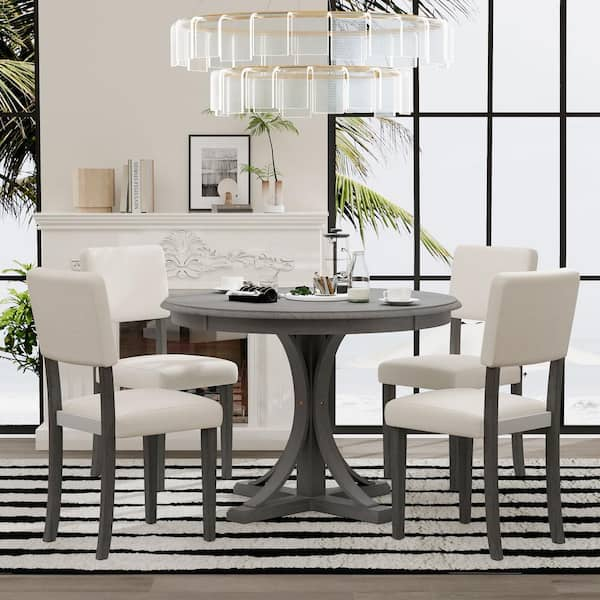How to Choose the Perfect Dining Room Table Legs for Your Home
How to Choose the Perfect Dining Room Table Legs for Your Home
Blog Article
Exactly How to Pick the Perfect Dining-room Table Legs for Your Home Décor
Choosing the excellent dining-room table legs is a nuanced procedure that calls for mindful factor to consider of various aspects, including your area constraints, visual preferences, and functional demands. The interplay between designs, measurements, and materials can dramatically affect the ambiance of your dining area, making it important to approach this decision carefully. As you ponder the myriad alternatives readily available, it comes to be clear that the right selection extends past mere look; it can enhance your general eating experience. What factors should you focus on to ensure your choice matches your home's special character?
Assess Your Dining Space
Assessing your eating area is important for selecting the right table legs that enhance both aesthetic appeals and capability. Begin by measuring the measurements of your dining location, including ceiling elevation, flooring area, and distance to other furnishings. This info will certainly assist determine the proper size and elevation of your dining table, which straight influences the selection of table legs.
Next, take into consideration the style and design of your eating space. An open-concept style might profit from table legs that provide aesthetic agility, such as slender metal or acrylic alternatives. On the other hand, an extra traditional setting may ask for durable wood legs that give a sense of permanence.
Assess the existing color palette and materials in your eating location. Harmonizing the table legs with these elements creates a cohesive look that enhances the total decor.
Inevitably, a thorough assessment of your dining room will certainly assist you in making an educated choice, making sure that your table legs not only enhance the visual allure but also offer sensible functions.
Consider Your Style Preferences
When choosing eating area table legs, it is vital to assess your individual design preferences, as they considerably influence the total visual of your eating space. Your choice of table legs can either enhance or contrast with existing decoration, making it important to align them with your preferred indoor style theme.
If your home leans in the direction of a contemporary aesthetic, consider streamlined metal or minimal wood legs that provide a tidy, clean look. For an extra typical technique, ornate wood legs with elaborate makings can add a touch of style and class. Industrial styles gain from robust, raw products such as reclaimed timber and metal mixes, reflecting a sturdy charm.
In addition, farmhouse and rustic styles usually favor tough, chunky legs that stimulate a sense of warmth and convenience. On the other hand, if your decoration is diverse, you might select unusual shapes or a mix of products to create aesthetic passion.

Evaluate Product Options
The selection of material for dining space table legs plays a crucial role in both toughness and visual allure. Common materials include wood, steel, and composite options, each offering distinctive features that can affect the overall look and long life of your table.
Wood is a traditional option, recognized for its heat and versatility. Hardwoods like oak and walnut provide remarkable toughness and can be completed in different stains to match any design. Nevertheless, softwoods like pine are a lot more prone to dents and scrapes, making them much less perfect for high-traffic locations.
Metal legs, commonly crafted from steel or light weight aluminum, emanate modernity and commercial appeal. They are extremely resilient and resistant to use, making them suitable for families with youngsters or constant celebrations (dining room table legs). Furthermore, metal can be finished in numerous colors, enhancing the customization opportunities
Composite products, such as MDF or laminate, offer price and varied styles. While generally much less long lasting than solid wood or steel, they can still offer a stylish look and are typically easy to maintain.
Inevitably, the material you Visit Website pick must align with your way of living, aesthetic choices, and the level of use your table will experience.
Determine Elevation and Size
Picking the proper height and size for your dining-room table is necessary for both functionality and convenience. The conventional height for dining tables generally ranges from 28 to 30 inches, enabling adequate legroom for most people when seated. Nonetheless, it is crucial to think about the measurements of your dining space and the sorts of chairs you plan to use.

In addition, take into consideration the percentages of your dining-room. A larger table in a large area can develop a grand ambiance, while a smaller table functions well in even more intimate setups. Eventually, the best height and dimension will harmonize with your general design and improve the dining experience for you and your visitors.
Explore Personalization Possibilities

Furthermore, the style of the legs can be tailored to fit various styles, such as rustic, contemporary, or industrial. For example, conical legs can evoke a mid-century modern-day feel, while chunky, block-style legs might reverberate with typical or farmhouse decor.
Property owners can likewise explore shade finishes, from all-natural wood stains to paint, enabling them to match or comparison with the table top and surrounding decor.
Moreover, leg elevation can be gotten used to fit certain seating plans or personal preferences, boosting both convenience and capability.
Lastly, distinct view it now embellishments, such as makings or ornamental brackets, can better personalize the table legs, making the dining experience not simply a statement yet a dish item in the home. By taking into consideration these customization options, home owners can create an eating area table that genuinely reflects their originality.
Verdict
Picking the ideal eating room table legs calls for mindful consideration of various elements, consisting of the measurements of the dining area, style preferences, product resilience, and desired elevation. Modification alternatives better boost the capability to accomplish a natural aesthetic that complements the total style. By systematically reviewing these components, property owners can make certain that the selected table legs not just fulfill practical demands however additionally contribute positively to the dining experience and atmosphere of the home.
Selecting the suitable eating room table legs is a nuanced process that requires mindful factor to consider of various components, including your space restraints, visual choices, and practical needs.Analyzing your eating space is vital for picking the right table legs that enhance both visual appeals and functionality.When establishing dimension, measure the area where the table will certainly be positioned to guarantee it fits conveniently, enabling for at least 36 inches of clearance around the table for very easy movement. A larger table in a sizable location can create a grand ambiance, while a smaller sized table works well in even more intimate setups.Choosing the suitable eating area table legs requires careful factor to consider of various elements, including the measurements of the eating space, style preferences, material resilience, and wanted height.
Report this page